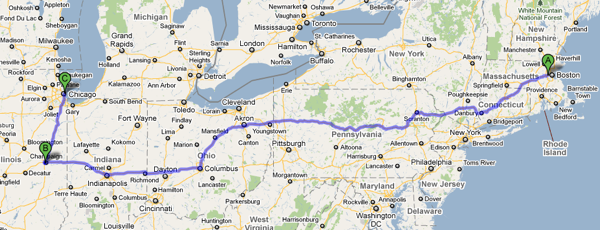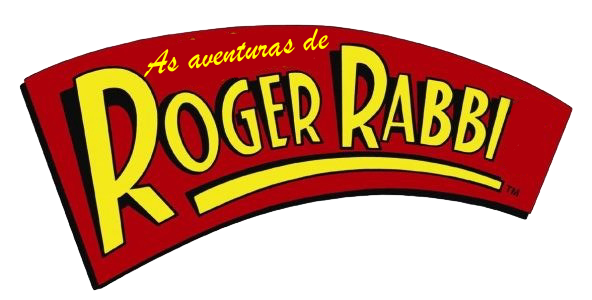My long journey into the rabbinate started almost exactly thirteen (!) years ago, when Rabbi Dan Pratt (then, "student rabbi" Dan Pratt) gave a dvar Torah at Beit Daniel in Tel Aviv on parashat Korach. His approach to the text was radically different from what I had learned to expect from an encounter with a traditional and sacred text and from the role of a rabbi in that encounter. Rabbi Pratt's approach allowed me to question the way I had interacted with our tradition and started the process that eventually led me to rabbinical school. How poetic, then, that thirteen years later, I attended my first conference as a rabbi on the week of parashat Korach!
This week, the one that follows Korach, I am in a different kind of journey. Our relocation to Champaign-Urbana ended up being much more complex than we had planned. On Sunday, after we finished loading the container we had planned to use for our moving, we still had 20% of our stuff in the apartment. Karin and I rapidly considered the options and decided to get a U-Haul trailer to transport all that stuff and I would drive the 1,200 miles between Newton, MA and Chicago (with a stop in Champaign-Urbana to leave the trailer). It seemed easy, except that I had to drive additional 230 miles in order to get the hitch installed in Portland, ME (no-one else in New England seemed to have a hitch for a Honda Fit) and we had been told already we needed to change our car's tires and brakes. All that took most of Monday and Tuesday (besides finishing packing and loading the trailer - HUGE thanks to our neighbors at Herrick House.) I finally left on Tuesday at 5:30pm. I am now writing from New Paris, OH, my second and last overnight stop before I reach Champaign-Urbana and Chicago. Karin and the kids are flying tomorrow, as it seemed totally unfair to ask a 3-year-old and 2.5-month-old to stay in the car for the 20+ hours that this trip is going to take...
It seemed easy, except that I had to drive additional 230 miles in order to get the hitch installed in Portland, ME (no-one else in New England seemed to have a hitch for a Honda Fit) and we had been told already we needed to change our car's tires and brakes. All that took most of Monday and Tuesday (besides finishing packing and loading the trailer - HUGE thanks to our neighbors at Herrick House.) I finally left on Tuesday at 5:30pm. I am now writing from New Paris, OH, my second and last overnight stop before I reach Champaign-Urbana and Chicago. Karin and the kids are flying tomorrow, as it seemed totally unfair to ask a 3-year-old and 2.5-month-old to stay in the car for the 20+ hours that this trip is going to take...
So, it's just me, driving for long hours every day thinking about how life has changed in the last 6 years. Despite having been ordained almost a month ago and the rabbinic conference I attended last week, I left Boston still feeling a rabbinical student. The closer I get to Champaign-Urbana, though, the more I feel like Rabbi Cukierman. It will not take me quite 40 years to get from Hebrew College in Newton, MA to my board meeting in Chicago, but it feels that, alone in my car, I am going through the transformation my people experienced in the desert all those many years ago. Singing Yehuda Poliker and Shlomo Artzi, I have been acknowledging how fortunate I have been - especially for the people we met in the last 6 years and for having found in Karin someone as meshugah (crazy) as me, my soulmate and perfect partner.
I just pray that in this new step of our lives we keep up with meeting amazing people and experiencing new things, but that we stop collecting so much stuff!
